Sometimes when I decide to print-out, tear out or otherwise keep a recipe to try, it’s because of the name. Or the ease of it, maybe. Or the fact that it might be unusual. Or where it came from even. Like a name chef, perhaps. In this case first it was the name. Portuguese? I know very little about Portuguese cuisine, let alone Portuguese baking, even though I’ve been to Portugal twice. But this time it was the photograph that had me intrigued. The recipe said tartlet, but it looked like a muffin. If you go over to Marie’s blog, The English Kitchen, you’ll see her photos look much like mine, although hers are more brown on top. But in this case when I read the recipe, I also read the ingredients. Hmmm. Puff pastry? With a custard thing in the middle. Sounded different. Interesting. So I tucked it away for some day when I needed just that something special for dessert.
(Pictured above, the tartlets just before baking.) I purchased the Pepperidge Farms puff pastry. And I checked the date on the box right there at the frozen food aisle – good until October 2010. Okay. Good. Following the instructions I defrosted the puff pastry overnight in the refrigerator, then unrolled each tri-fold piece of pastry and rolled it up in a tight roll from the short side. Then cut that into six pieces. I have silicone muffin tins, so it was very easy mushing the pieces of puff pastry into each muffin cup, with my fingers dampened with cold water. I ended up shaping them a bit in the palms of my hands first, then carefully placing each down into the muffin cup and then pushing it out and up the sides. Be careful you don’t get air bubbles underneath – if so, pull the circle away from one side and gently move it back into the right position. The shells went into the freezer while I made the filling.
(Here are the tartlets just out of the oven.) The filling: It was a bunch of egg yolks, heavy cream, grated lemon zest, cornstarch and a tiny bit of salt. That’s gently brought to a simmer, stirring constantly, until it’s about the texture of lemon curd. It ISN’T lemon curd, though, since it has no lemon juice in it. That custard eggy stuff is scooped into each puff pastry tart shell and baked at 500° (yikes, is that ever hot) for 15 minutes. And they’re done. Cool. Serve. I made a double batch (makes 12 – using the full box of puff pastry) because I needed more than six, but there’s no difference in the preparation whether you’re doing six or twelve.
Okay, now on to the taste. They’re incredibly rich – well, when you consider puff pastry (think butter, butter, butter) and the filling with egg yolks and cream. Okay. Rich. But oh so delicious. As I’m writing this I’ve eaten a half of ONE. Loved it. Most of my guests ate the rest, but we do still have a couple. I think they’re best warm or at room temp, so keep that in mind. And they’re not as good leftover, I’m sure (haven’t tried it yet) because the puff pastry will get a bit soggy. So just make as many as you’re certain you’ll eat. But make them you should for a special occasion.
printer-friendly PDF
Portuguese Custard Tartlets
Recipe By: From Marie, The English Kitchen blog
Serving Size: 6
9 ounces puff pastry sheet — thawed (half of a Pepperidge Farms box)
4 large egg yolks
1 cup heavy cream
1/2 cup caster sugar
1 tablespoon cornstarch
the finely grated zest of 1 lemon
a pinch of salt
1. Defrost puff pastry overnight in the refrigerator.
2. Preheat the oven to 260*C/500*F. Open up the puff pastry to a flat piece, then roll it into as tight a coil as you can, starting from the short side. (Place the other half in plastic wrap and refrigerate for another use – or make 12 of these.) Cut the coil into 1 1/2 inch wide strips (6 pieces). Put the pieces, cut sides down, into six muffin cups. Wet your fingers with a bit of cold water and press the pastry over the bottoms and up the sides to make a thin shell. It’s ok if they extend a bit beyond the rim. Put into the freezer to chill while you make the custard.
3. Whisk the egg yolks, cream, sugar, cornstarch, lemon zest and salt together in a medium saucepan. Place over medium high heat and cook, whisking constantly until the custard begins to thicken. This will take about 6 1/2 minutes. It will look quite thin until you have been whisking for about six minutes and then in the last 30 seconds will thicken just enough, like magic! It should be as thick as lemon curd. You don’t need to boil it.
4. Remove your muffin tin from the freezer and divide the custard equally among the prepared tartlet shells. (If you are using a 12 cup muffin tin, fill the empty cups half full of water so they don’t burn, trust me)
5. Bake until the tops are slightly browned, about 15 minutes. Remove from the oven and let cool in the pan on a wire rack for about 5 minutes. Run a sharp knife around them and loosen them so that you can remove them from the pan and finish cooling them on a wire rack (about 30 minutes).
Per Serving: 432 Calories; 29g Fat (60.9% calories from fat); 6g Protein; 37g Carbohydrate; 1g Dietary Fiber; 196mg Cholesterol; 189mg Sodium.
A year ago: White Batter Chocolate Chip Cookies
Two years ago: Watercress, Belgian Endive & Olive Salad




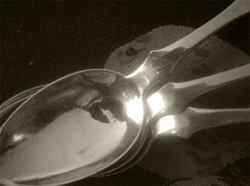
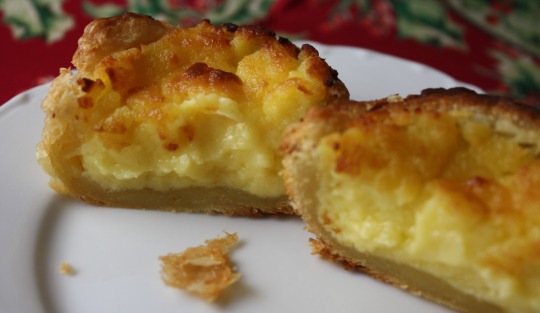
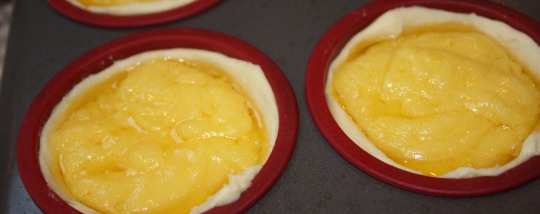


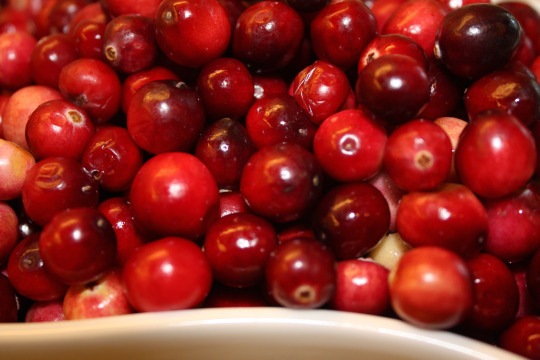
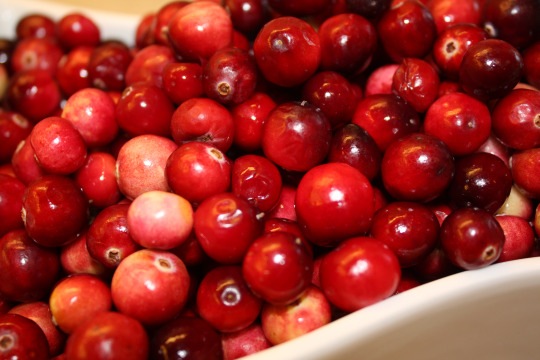
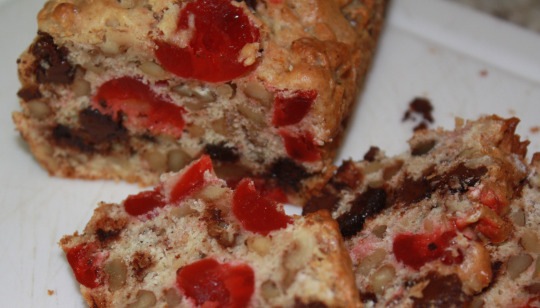



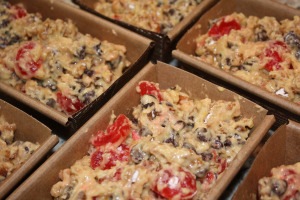


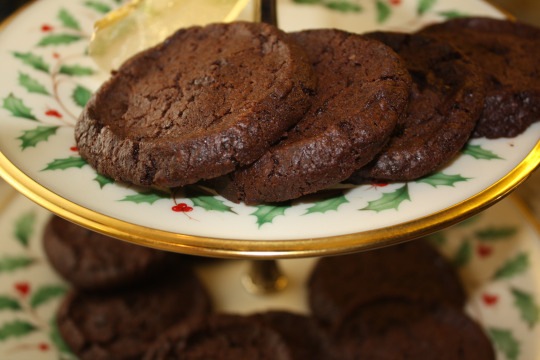

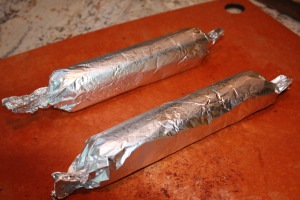
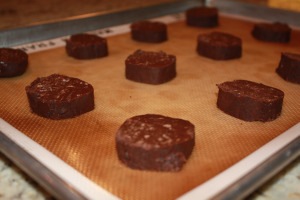

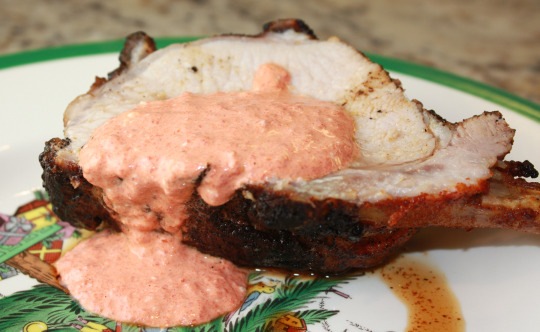
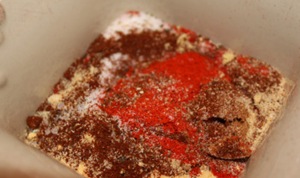



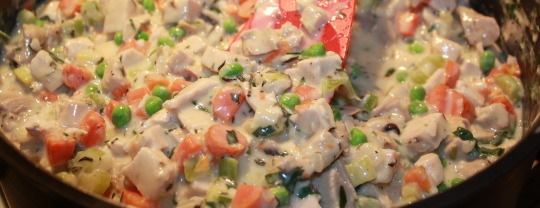
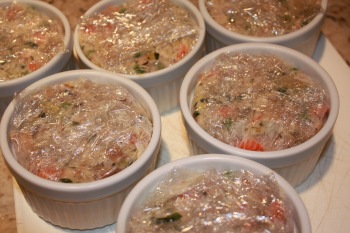
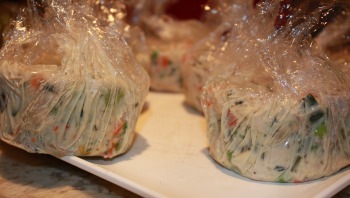
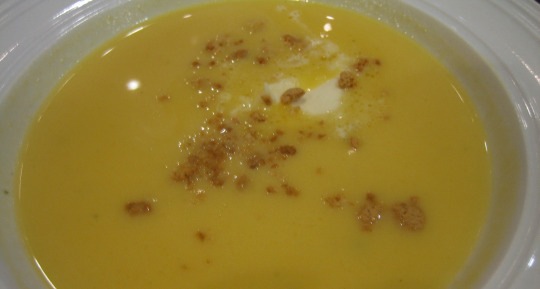
Leave a Comment!